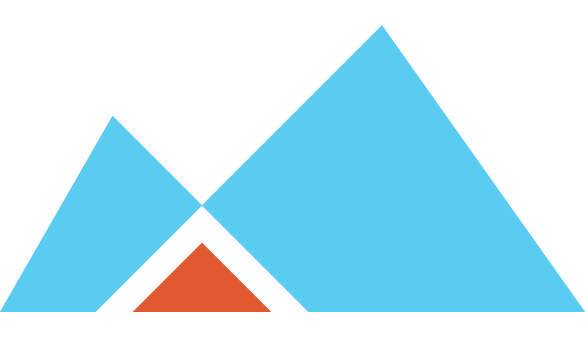WORK CAMPING!
It’s a rainy day today at Camp Intrepidor. But with our tarps lashed to perfection (thanks to Tor’s crafty system of adjustable knots) wool socks and a pot of hot, camp stove coffee, we are no worse for the wear inside our cozy, windowed dome. In fact, we are enjoying ourselves even more than usual. Which is, in its own way, a feat.
What Are We Doing?
This week, we are marveling close-up at the beauty of northwestern Michigan, including Leelanau County and the Sleeping Bear Dunes National Lakeshore Area. It is the shakedown trip for a new work-travel experiment we have concocted after getting increasingly itchy feet in the wake of eight months of living and traveling in Mexico—this is something we have no snazzy name for, but for the time being shall unimaginatively call: work-camping.
In a nutshell, it’s an Outdoor Office. A Tented Workspace. A Cubicle in the Shire. If all goes well, we will take our work-camping set up to Michigan’s Upper Peninsula, New York, Vermont, Maine and Canada later this summer and fall. And when the snow flies? TBD. But we hear the Outer banks are a thing of beauty ...
Why Are We Work-Camping?
The simple answer is: because we want to. But also, it is not lost on us that Computer Jockeys are historically known for keeping vampire-esque schedules, being workaholics and having a general under-appreciation for sunlight. As freelance designers who work from our laptops, we know it is all too easy to fall into bad habits. Work-Camping is a great way to break up the monotony of long periods of work, stay inspired and recharge on a regular basis. A few nice benefits:
Camping brings us back to a natural rhythm. Surrounded by fresh air and trees, we wake up and go to sleep early.
When the work day is done, we are immediately ejected into the great outdoors. We simply step out into nature.
Camp cooking takes effort, but as a result, tastes better, and meals beneath the trees become something to look forward to, instead of a utilitarian act to “squeeze in” between projects.
Being snug inside a nylon dome with windows on four sides is strangely conducive to productivity. The soothing sounds of birds, wind and pattering rain provide a cozy soundtrack as we focus on our work.
A campsite costs a fraction of the price of a hotel room and comes with much more inspiring views.
The ever-present pot of coffee (a freelancer staple) always tastes better when brewed outdoors on a Coleman stove.
How Much Stuff Do We Have?
Not very much. Surprisingly, all of our gear fits comfortably in the back compartment of our Subaru, leaving our back seat open for other things – snacks, souvenirs, hitchhikers, etc. (just kidding about the hitchhikers, Mom).
Our gear:
8-Man Tent
3 tarps with Paracord & caribiners
Coleman inflatable mattress
Collapsible Roll-A-Table
Plastic supply chest (for tools, mess kit, bath kit, personal items, etc.)
Coleman dual-fuel camp stove
2 collapsible camp chairs
2 sleeping bags
Cooler and cold packs
Plastic dry goods box
40-foot extension cord
Rechargeable lanterns
Optional fu-fu items: pillows, tablecloth, rug
After researching campgrounds that offer the two things we need in order to work while we camp: wi-fi and electricity, we chose a KOA for this trip. While State and National Parks generally have a monopoly on the more pristine locations, private campgrounds and the good, old KOA’s have it all for those that need the extras (wi-fi, laundry, camp stores and clean, modern restrooms with hot showers). We booked our site through their convenient, online reservation service. And an added benefit? Our ValuKard (the KOA Rewards Program) cost $24 for the year and automatically garners us discounts every time we camp. A KOA site with wi-fi and electricity costs between $28 – $32 per night.
So Far
So far, we have learned that work-camping takes practice, adaptability, a sense of humor and a fair amount of jury rigging. For example, while experiencing our first workday in a torrential downpour, we quickly learned how to apply duct tape seam sealer to renegade leaks, set up an impenetrable, Class-A tarp system, and access wi-fi through phone tethers. As a result, we now enjoy warm, dry accommodations and uninterrupted internet service.
While we once balked at bringing laptops and a power strip into the Sacred Shrine of Nature, we now accept wholeheartedly that these tools are simply a necessary part of what we are doing–working while we camp. We don’t profess to be purists and have learned that you don’t have to be, in order to simply enjoy being outdoors. Our style of camping is more like borderline “glamping” (glamorous camping), and it totally seems to agree with us.



